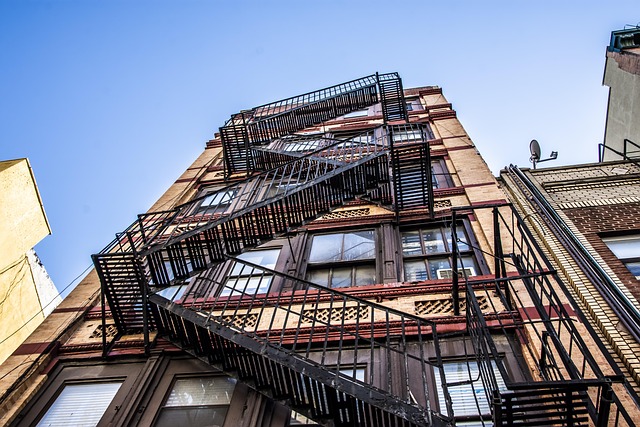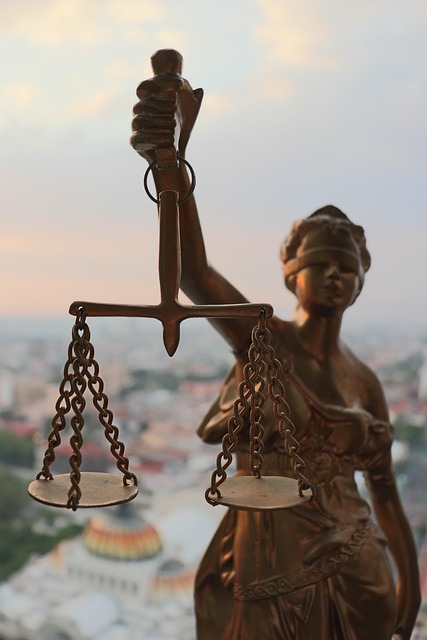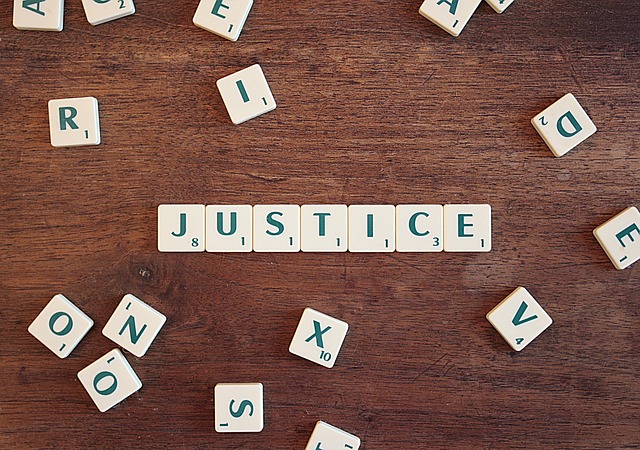Landlords in real estate have legal maintenance duties, focusing on structural integrity and vital systems to ensure tenant safety and avoid future repairs. Clear maintenance agreements define responsibilities, protect both parties, and foster harmony. Open communication, dedicated channels, and transparent reporting build trust. Educating tenants about repair distinctions enables swift action, benefiting everyone's living experience in real estate properties.
In the dynamic realm of real estate, ensuring smooth tenant-landlord relationships hinges on defining and upholding maintenance responsibilities. This article guides you through crucial steps to navigate this landscape effectively. First, grasp the legal obligations of landlords regarding property maintenance. Next, learn how to draft clear, detailed agreements that outline expectations. Lastly, foster open communication channels to address issues promptly. By implementing these strategies, landlords can maintain their properties to high standards, fostering satisfied tenants and a robust real estate market.
Understand Landlord Maintenance Obligations

In the real estate world, landlords have specific maintenance obligations that come with the territory. These responsibilities are often detailed in rental agreements and are legally binding. Understanding what needs to be maintained is crucial for both landlords and tenants alike. From structural integrity to essential systems, landlords must ensure these aspects are well-cared for.
Structural elements like walls, roofs, and foundations require regular inspection and repair. Additionally, landlords are typically responsible for maintaining critical systems such as heating, ventilation, air conditioning (HVAC), plumbing, and electrical fixtures. Keeping these systems in good working order not only ensures a comfortable living environment but also prevents costly damage down the line.
Draft Clear Maintenance Agreements

To avoid misunderstandings and ensure smooth operations in the real estate sector, it’s crucial to draft clear maintenance agreements. These contracts should outline specific responsibilities for both landlords and tenants, detailing what tasks each party is obligated to handle. For instance, a landlord might be responsible for major repairs and structural issues, while the tenant takes care of routine upkeep like changing light bulbs or fixing minor leaks.
By setting these expectations in stone, maintenance agreements protect all parties involved. Landlords are assured that their properties will be maintained according to agreed-upon standards, while tenants know exactly what they’re responsible for. This clarity fosters a harmonious relationship and prevents disputes from arising over maintenance tasks, making it an indispensable practice in the real estate industry.
Foster Open Communication Channels

Encouraging open communication between tenants and landlords is a cornerstone of successful property management in real estate. Tenants should feel comfortable discussing any maintenance issues promptly, ensuring problems are addressed efficiently. Regular check-ins and clear reporting systems facilitate this. Landlords can set up dedicated communication channels, such as a specific email address or a tenant app, to receive reports and updates.
Promoting transparency fosters trust and ensures that everyone is on the same page. Tenants should be educated about what constitutes routine maintenance versus emergency repairs, empowering them to act promptly while guiding landlords to prioritize tasks accordingly. This collaborative approach enhances the overall living experience in real estate properties.






